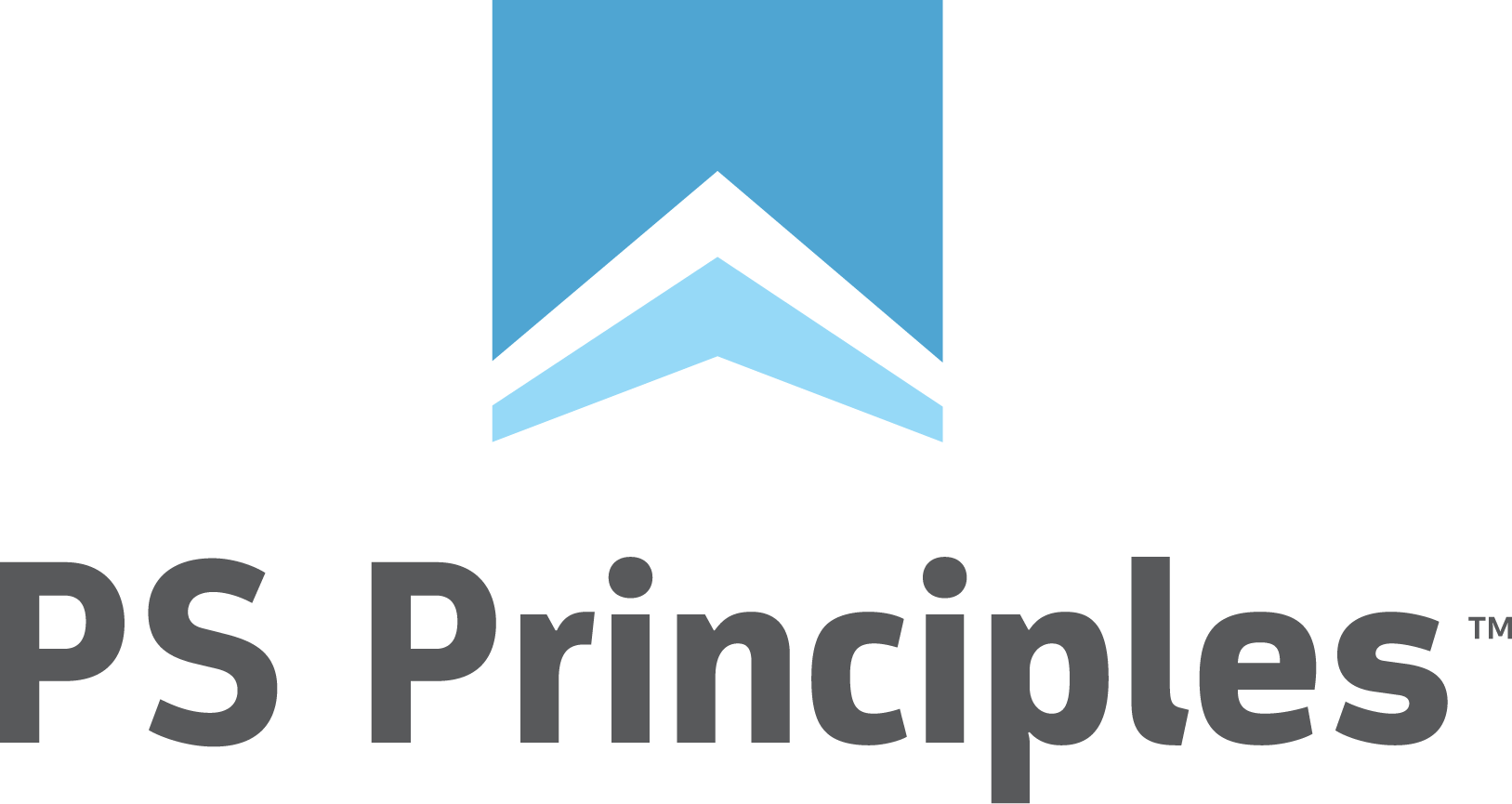Is the Customer the Largest Risk to Project Success?

.png?width=1200&name=The%20Business%20Transformation%20Paradox%20(1).png)
As project delivery consultants we want our customers to be successful. However, at some point every consultant begins to realize that customers can sometimes be their own worst enemies. In fact, during our training we usually discuss the legitimate claim that the customer's engagement might well be a project's largest indicator of a project's ability to be successful. To that end, we have developed a checklist of items that customers should consider in order to make sure they are not harpooning their own chances of success.
Below is subset of the guidance we provide to customers. Should you want the full list please let us know.
1. Establish Active Project Sponsorship
After months of securing an initiative's budget and selecting a vendor, it is almost impossible for a project sponsor to convey the complete vision of a project's objectives to a group of project team members. For this reason, project sponsors must be actively engaged in the entire project because they are the only ones who know what the final solution is expected to look like. A saying we have in our discussions is, "Project Sponsors own projects, not Project Managers!"
A project manager is a proxy. The project manager is given the budget rather than asked to fund it. The project manager must get permission to increase a project's budget. This is so important, I've made it a best practice to escalate non-attendance of a business sponsor at a project steering committee meetings. There is simply no point trying to determine if a project was on track, if the people who know the destination aren't present. After personally sending hundreds of reminders to project sponsors all around the world, not one of them has ever disagreed with this stance.
2. Keep Project Sponsorship Simple
On almost every occasion, projects with more than one project sponsor incur additional costs. The issue isn't that having multiple sponsors is wrong, but that the time required to arbitrate between them all has not been considered in the project's budget. In addition, arbitrating between sponsors is not something that any service provider is able to do effectively. Simply put, more sponsors means more meetings, more time and more complexity.
We recommend keeping project sponsorship as simple as possible and when multiple sponsors are needed, that the sponsors elect a primary sponsor who will arbitrate and communicate decisions. As long as the decisions can be made on time and that those decisions remain stable, then the impact of multiple sponsors can be negated.
3. Assign Ample Project Team Capacity
Unfortunately, we see most customers assign internal project teams that also have day jobs that continue to create competing priorities. As a project's need for detailed information explodes, the lack of dedicated resources slows down the rate at which the customer can engage and make decisions.
To improve a project's chances of success, customers should consider assigning at least one resource that has a majority of its time allocated to the project. Better still, this person should also be someone who can also provide the necessary solution details that inevitably explode once a project begins.
4. Sign Off and Understand the Design
A project is a time-dependent activity and time is linear. As such the time to go back and correct work that was done incorrectly was never anticipated in the project's original estimate. If a project's design is not signed off, then the build work starts without a clear outline of what the final solution should look like. Even in an iterative project model, it is foolhardy to think that a piece of work that needs to result in a specific outcome within a specific time can do so by drawing and redrawing boundaries.
This is compounded when a customer allows the service provider to just "explain" the design rather than spend the time to understand it. This builds a myriad of assumptions into the project's future. The more unvalidated assumptions we carry into a project's future, the more likely it is that at least one of them will cause us harm. In my experience, this is the single greatest source of project misalignment and rework.
5. Stage Budget Management
Most project teams have something we call a "Burn Report". This gives us an idea of how hot or cold a project is burning. However, burn rates are easily slowed by reducing the number of billable hours. This report also doesn't create any specific decision point between the service provider and customer.
To achieve a more decisive and proactive customer conversation, we created the idea of each stage as having its own budget. For example, once the design stage budget is consumed, it is not allowed to just start consuming budget from the build stage. Instead, the service provider and customer must meet and determine why this has occurred and how it should be handled. This makes it easier to identify future budgetary issues before they occur.
6. Demand Satisfaction, but Take Advice
On many projects we see customers who start off as willing to take advice. Then, when the advice is given, push back on it considerably. Then again, in post-project reviews, claim that advice was not pushed hard enough. Having been a customer myself, the fact is that accepting a third-party's advice on how to run your business is difficult.
None-the-less, customers purchased a specific product because they wanted to make use of its features. Customers hired the service provider to ensure the product's featured were put to good use. This means that when the choice between making the product adhere to an old process or changing the process to adhere to the out-of-the-box functionality, we should always go with the latter unless the change is unpalatable.
While customers should learn to take the advice of their service provider, service providers must also learn how to elevate the importance of that advice. Too often it is given and then thrown away simply because a single customer team member said they didn't like it. Good advice should never be ignored but it should also never be allowed to be ignored.
Summary
The primary mistake we make in the industry is taking the term "service provider" to mean "solution provider". The reality is that consultants provide a service of recommending solutions, while customers must correctly describe and actively engage in acceptance of those recommendations. When a customer fails to dedicate resources, time and effort to do this, the project's ability to be successful is drastically impacted.
By no means am I suggesting that service providers cannot impact a project's chances of success. We have seen and will continue to see good and bad service providers. A project can fail if the service provider is incompetent, or if the customer fails to engage correctly. But if you asked me which of these is most common on an unsuccessful project, I'd have to suggest that it's a combination of the customer not fulfilling its role and the service provider not being strong enough to point it out. As our courts have validated, that leaves both parties liable for the result. What do you think?
